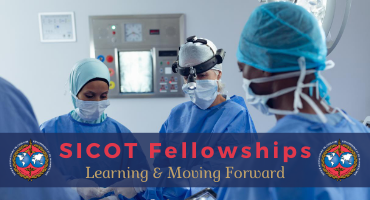The reliability of the Lane-Sandhu score and the modified RUST for the assessment of postoperative radiographs of long bone non-unions and bone defects
Injury. 2025 Apr 18;56(6):112352. doi: 10.1016/j.injury.2025.112352. Online ahead of print.
ABSTRACT
INTRODUCTION: Quantification of bone healing can be of interest for both clinical and research purposes. However, radiographic assessment of bone healing is challenging, especially in postoperative bone defects and non-union. Scores, such as the (modified) Radiographic Union Score for Tibial fractures ((m)RUST) are widely known. The Lane-Sandhu score, a lesser-known score for bone defects, may have benefits over the mRUST score. The aim of this study is to compare the inter- and intraobserver reliability of the Lane-Sandhu score with the mRUST in human non-unions.
METHODS: First, five postoperative radiographs were scored by five observers using both scores. Pitfalls of the scores were thereafter analyzed in a training session. Then, each observer scored ten new radiographs. The intraclass correlation coefficient was calculated to determine the intra- and interobserver reliability of the scores for each session.
RESULTS: The pilot session resulted in an interobserver reliability of 0.48 for the mRUST and -0.049 for the Lane-Sandhu score. During the training session, the interobserver reliability scores were 0.50 and 0.14 respectively. The final session resulted in a reliability score of 0.79 (95 % CI 0.60-0.91) for the mRUST and 0.76 (0.59-0.88) for the Lane-Sandhu.
CONCLUSION: Both scores are reliable scoring systems for the interpretation of postoperative bone defects and non-union. There is a slight preference for the mRUST because the reliability was less dependent on the training session. For future research, the interpretation of postoperative radiographs should be well described and a training session is recommended.
PMID:40339355 | DOI:10.1016/j.injury.2025.112352














